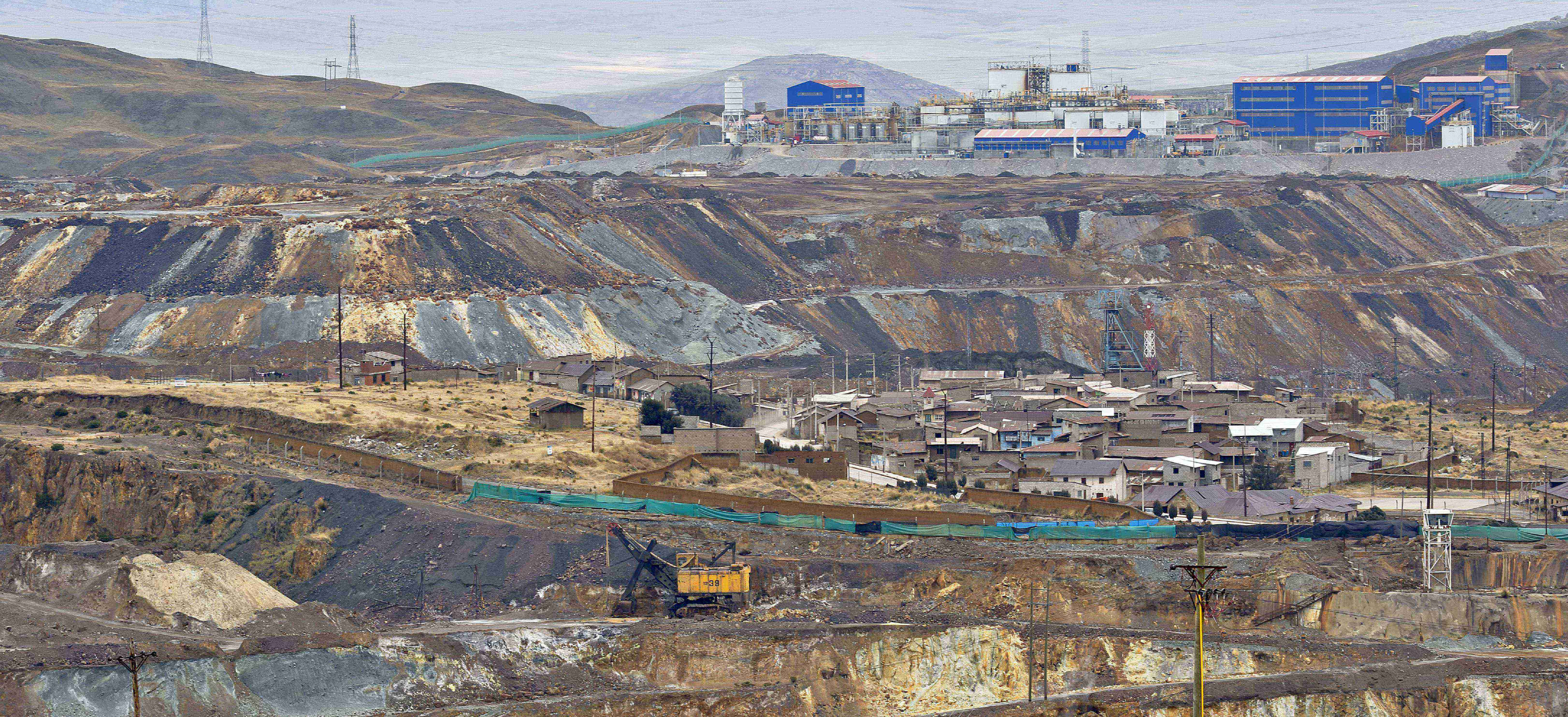Lima, MAY 9 2022 UNDP: Human Development Index in mining regions in Peru is not uniform

Francisco Santa Cruz, coordinator of the United Nations Development Program (UNDP), took part in the third and last day of Rumbo a PERUMIN, Central Peru Edition, with a lecture about the Human Development Index (HDI), an indicator based on three dimensions: life expectancy, years of schooling, and per capita income.
According to the interpretation he presented of the 2019 data, there are three key factors connected to HDI: the altitudinal floor, which is inversely proportional to the HDI values; the population living in residential areas, which is directly proportional to the HDI values; and production localization, whose relationship with HDI varies according to the sector.
He mentioned three specific situations: subsistence agriculture, as a negative factor that hinders human development; manufacturing, as a productive factor that stimulates human development, since it normally comes accompanied by services and economic diversification; and, finally, mining, although he pointed out that there is no clear relationship between human development and the latter.
“There are mining regions with a high human development index, such as the southern mining regions of Tacna and Moquegua. At the other end of the spectrum are regions with significant mining presence and low human development index, a typical example of which is Cajamarca, La Libertad’s highlands; and there are regions with intermediate human development, like Antamina in the south of Ancash, or the mining regions in the central highlands of the country. Therefore, there is not an unequivocal relationship between human development and mining presence,” he explained.
This can be seen when analyzing the 2019 HDIs recorded in the different regions. The HDI is a value between 0 and 1, 1 being the highest index. For example, we find that Tacna, with important mining units, such as Toquepala and Pucamarca, has a high HDI of 0.59, and Moquegua, where the Cuajone mine and the Quellaveco project are found, has an HDI of 0.65.
An example of low human development is Cajamarca, with an HDI of 0.42, even though this is where Yanacocha, Peru’s largest gold producer, operates, along with other mining operations.
When it comes to intermediate human development, we have Ancash with an HDI of 0.51. In Ancash we can find several mining units, such as San Marcos, run by Antamina mining company, Huancapeti, El Recuerdo, Santa Luisa, and so on.
“To have a comprehensive analysis, we would need to consider factors additional to those we have considered,” said Santa Cruz about the possibility of further analyzing the relationship between mining activity and human development.
It is worth noting that high and intermediate human development in Peru is mainly concentrated on the coast. An example of this is Lima with 0.70, the highest index, followed by Ica, with 0.60.







